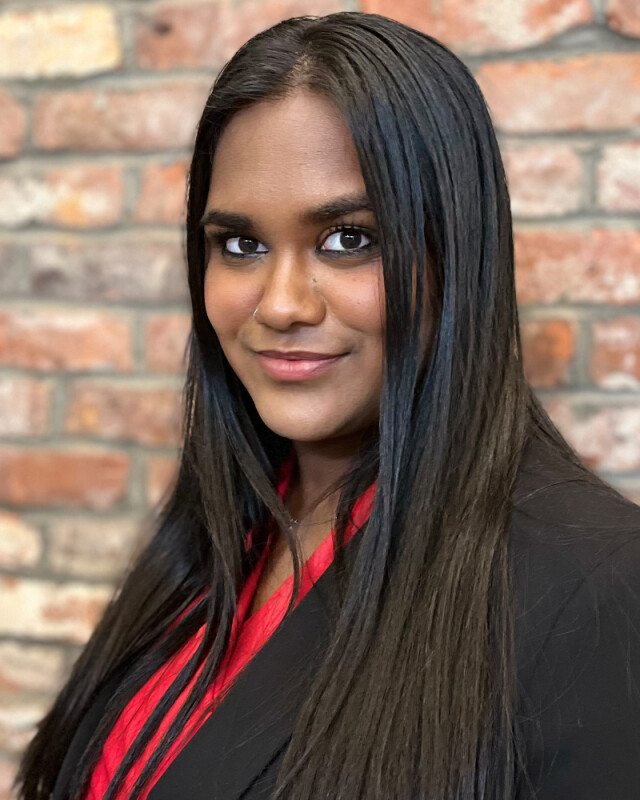SeafoodSource is closely following the sustainable seafood movement by compiling a regular round-up of sector updates about sustainability initiatives and certifications.
-London, England-based seaweed startup Samudra Oceans has secured a GBP 150,000 (USD 190,000, EUR 174,000) investment from the British Design Fund as a part of its GBP 800,000 (USD 1 million, EUR 927,000) pre-seed funding round.
The funding will be allocated to creating prototypes to deploy in additional regions, according to a press release. Samudra Ocean is working towards providing a global use case for its AI-powered robots, which are intended to help seaweed farmers monitor and predict their seaweed yield.
“We’re delighted to welcome Samudra Oceans to our portfolio and look forward to working with the team, as they move forward with their innovative solutions. There is a really interesting startup scene building around blue carbon and Samudra has spotted a clear need that has the potential to make a big impact,” British Design Fund CEO Damon Bonser said.
The project is currently active in the U.K. and Scotland, Jamaica, and will soon expand to India and Sri Lanka, according to Tech Funding News.
“We believe the ocean is central to solving the climate and nature emergency. Not only can seaweed capture up to 20 times more carbon than terrestrial trees but when farmed responsibly it can also provide a sustainable food source and aid biodiversity, while empowering coastal economies," Samudra Oceans Co-Founder Joyeeta Das said. "We’re delighted to have the backing of the British Design Fund and our other investors, as we look to use our technology to enable the scaling up of sea farming, positively impacting the blue economy and blue carbon assets.”
- The University of Hawaii at Manoa Seaweed Research Project has received a grant of just over USD 892,000 (EUR 819,500) from the National Science Foundation.
The project focuses on collecting, identifying, describing, and naming new seaweed species in the deep waters off Hawaii, according to KauaiNow.
“Characterizing and describing these species is important for developing a greater understanding of the distribution of marine organisms across the Pacific, for tracking invasive species, and contributing to the larger goal of understanding global biodiversity,” University of Hawaii at Manoa School of Life Sciences Professor Alison Sherwood Sherwood said. “While little is known about the seaweeds now, we hope our research will find out how these organisms can grow and thrive in the low light environment of the mesophotic zone, and shed light on the many endemic species that inhabit this depth range.”
The project will train the upcoming generation of algal biologists for jobs, and expose them to updated DNA sequencing practices, training in herbarium curation, genomics, bioinformatics, and more.
The region being explored is called a mesophotic zone, which has very low light. The project will contribute to biodiversity records data, mesophotic genomic resources, and discovering new seaweed species in the Hawaiian waters.
The research group is working with the NOAA Cultural Working Group to create names for new species.
- A research team at the University of Alaska - Fairbanks has received a grant of USD 1.9 million (EUR 1.7 million) from the U.S. Department of Energy.
The project, set to begin in March 2024, will focus on seaweed exploration and whether they are absorbing rare-earth elements in the water located near Bokan Mountain, according to Local First Media.
“We want to see if seaweed accumulates rare-earth elements at a concentration that makes sense financially to recover them,” UAF College of Fisheries and Ocean Sciences Researcher Schery Umanzor said. “Seaweeds must act as sponges, with the elements showing up in higher concentrations than that in the water.”
The first year of the project will study wild stocks of seaweed and the volume of rare-earth elements found in its tissues.
Photo courtesy of jongholee/Shutterstock







